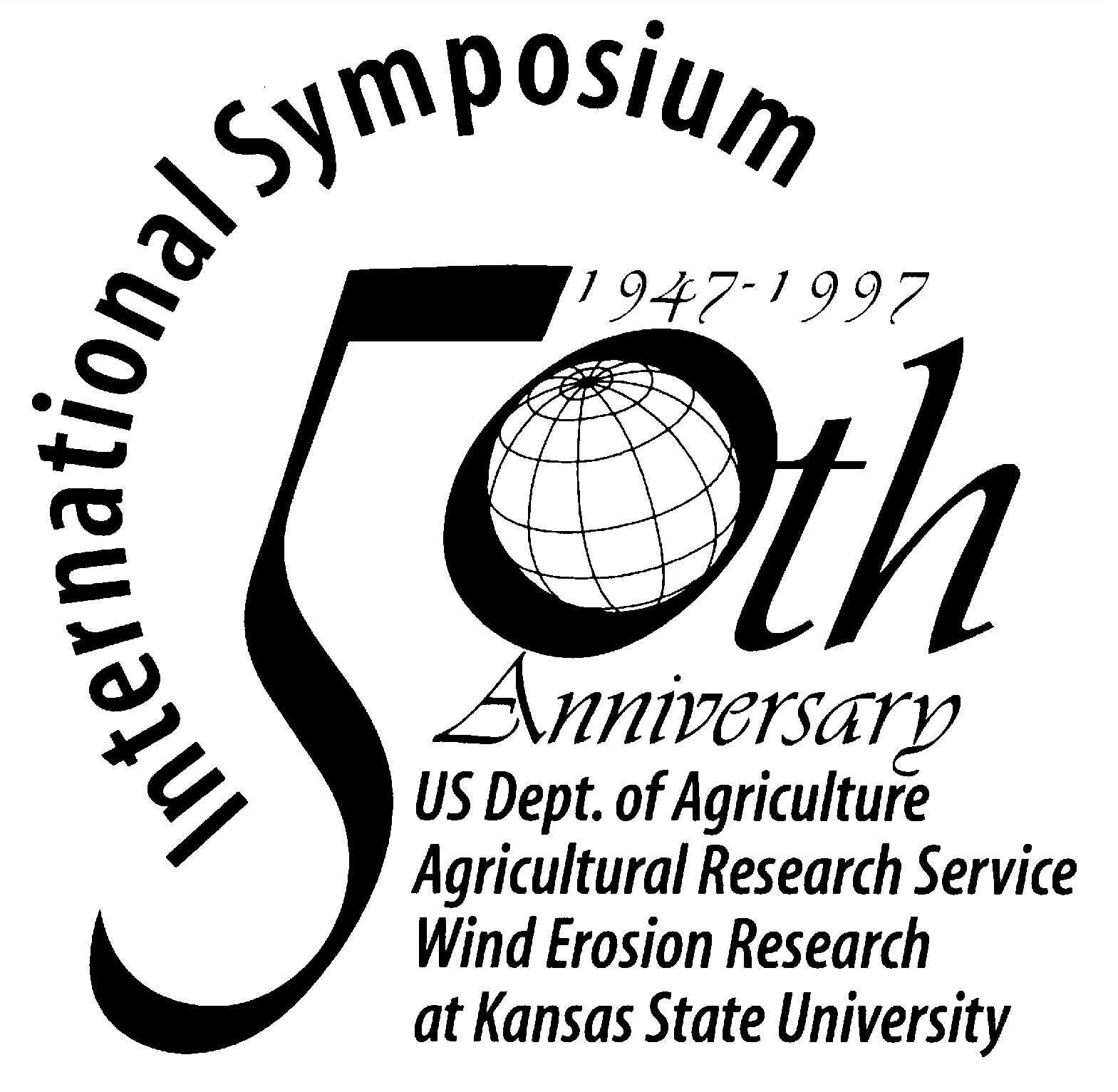|
A.N. Sazhin and U.I. Vasiliev
Abstract
Contemporary wind erosion manifests more actively in 2
regions: the Eastern-European and the Western-Siberian plains. The probability of
appearance of dust storms is approximately the same: annually from 2-3 to 20-30 days. The
regional peculiarities of the contemporary wind erosion consist of destroying and blowing
soil which
takes the character of catastrophe with the definite
periodicity (in the European steppes).
In Siberia and Kazachstan these processes are more steady
in time but less intensive. It is connected with the circulation of atmosphere. The result
of it is the recurrance of strong and steady winds . During the process of blockade the
wind speed reaches storm and hurricane power in the Southern West of the Eastern-European
plain during the long period of time (18-34 m/s). In this case the wind energy exceeds the
climatic norm in 20-100 times.
In the South of the Western-Siberian plain in the time of
frontal processes during strong dust storms, the strengthening of the Western wind is
momentary (maximum speed - 12 - 22 m/s). Current energy is increasing only by 2-4 times,
that's why soil blowing is less intensive. The little particles of soil are being blown
from 2-3 to 20-22 m (from 1 hectare of the Nizhneye Povolzheye steppes). The soil of the
Northern Caucasus loses from 3-5 to 25-38 m of substance . As for the Western Siberia it
loses from 7-10 m to 40-60 m and more. |




